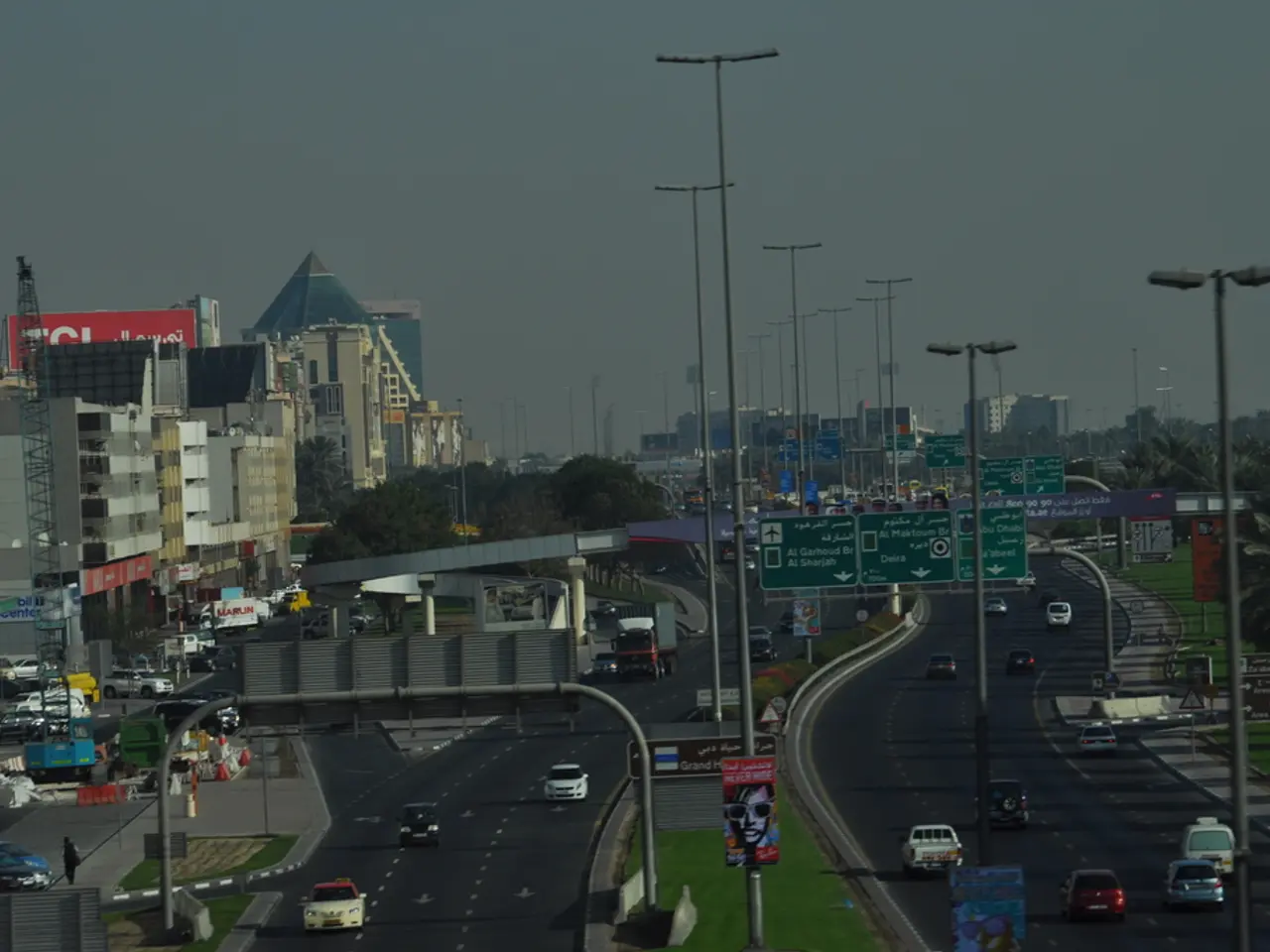Exploring Urban Redescriptions: The Impact of Visiting Previous Cities on Personal Narratives Redrafting
## Revisiting Home Cities: A Journey of Memories and Self-Discovery
A return to a former city often sparks a deluge of memories, both joyous and poignant, that can reshape our understanding of ourselves and our past. This process, a complex interplay of psychological, emotional, and cognitive factors, offers a unique opportunity for personal reflection and emotional recalibration.
### Memory Revisited
Upon revisiting a familiar cityscape, memories of detailed moments, conversations, and feelings resurface with remarkable ease. These memories, when reevaluated in the context of our present selves, allow us to reinterpret past experiences and integrate them into our current narrative about ourselves[2].
### Self-Reflection and Identity
This journey can prompt introspection about personal growth, values, and life choices. It helps in reinforcing or modifying one's sense of self, aligning it with new experiences and perspectives[4]. The emotional connection to familiar places can evoke strong feelings, which can be both therapeutic and challenging. It allows us to confront unresolved emotions and gain closure or perspective[3].
### The Brain's City Blueprint
The human mind constructs intricate mental maps of the cities we inhabit, with the hippocampus identified as a key area involved in this process[1]. These memory maps are linked to specific events and emotions, influencing navigation and decision-making[2]. Cities are also associated with emotional experiences, which can affect mood and behavior upon return. This emotional blueprint shapes how we perceive and interact with our surroundings[3].
Revisiting a city may require cognitive reorganization as new information and experiences are integrated into existing memory structures. This process can lead to enhanced cognitive flexibility and adaptability[4].
### Sensory Connections
A city's soul is in its unique sounds, local food smells, and the feel of the ground under your shoes. Sight and touch contribute to the rich sensory tapestry of memory, adding realness and detail[5]. Smell, with its direct link to memory, can bring back whole chapters of one's life. Taste, tied to local food, completes this sensory tapestry[6].
### Preserving the City's Heart
Cities are more than just roads and pipes; they are the heart of a community, held together by shared memory. Streets, squares, and parks are vital "sites of memory" that need to be designed and kept safe for sharing and keeping collective stories alive. City planning should cherish and protect sensory pieces to create real, memorable places that people truly connect with[7].
Changing a city must involve the community deeply to respect invisible histories, values, and heart-connections. Sound can serve as emotional signatures and connect individuals to a city's history[6]. Nostalgia can ease loneliness and offer perspective for older individuals, boost self-esteem, and help find meaning, strengthening core identity[8].
In conclusion, revisiting a former home city is a transformative experience that reshapes our memories and sense of self by engaging us in a reflective dialogue between past and present identities. The brain's city blueprint involves complex interplay between spatial memory, emotional associations, and cognitive reorganization.
In the process of revisiting a former home city, one can delve into self-reflection and personal growth as memories resurface, offering opportunities for reinterpretation and integration of past experiences into the present narrative of self. This journey also encourages exploration of values and life choices, potentially reinforcing or modifying one's sense of self. (self-reflection, personal growth, identity)
The emotional connection to familiar places in a city can evoke strong feelings, which can serve as a therapeutic tool for confronting unresolved emotions, gaining closure, or gaining perspective. (emotional recalibration, emotional connection, emotional closure)




